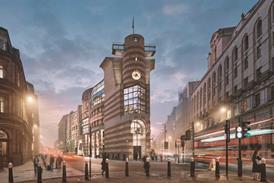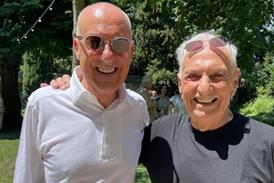- Home
- Intelligence for Architects
- Subscribe
- Jobs
- Events

2025 events calendar Explore now 
Keep up to date
Find out more
- Programmes
- CPD
- More from navigation items
Let Queen Elizabeth II’s memorial serve the whole nation

Eleanor Jolliffe reflects on the legacy of past royal memorials and calls for a national project that offers lasting value beyond the capital
The shortlisted designs for the Queen Elizabeth II memorial for St James’ Park were recently unveiled. Most were perfectly lovely bridges, to replace an existing not very exciting bridge. One or two were not to my taste, but that’s subjective. I’m sure it will smarten up a corner of a rather lovely park a stone’s throw from Buckingham Palace. The statue of the late Queen will no doubt also be a useful spot for those who wish to pause and remember the long life of a woman who embodied duty, perseverance and service to her country.
It does seem a pity to me though that while central and close to ceremonial routes, the life of this extraordinary woman, who cared so much for communities around the UK and the commonwealth should become such a London project. I also can’t help but ponder if a footbridge over an ornamental lake is the most fitting way to remember our longest reigning monarch, and the longest reigning female monarch in history.
…
This content is available to registered users | Already registered?Login here
You are not currently logged in.
To continue reading this story, sign up for free guest access
Existing Subscriber? LOGIN
REGISTER for free access on selected stories and sign up for email alerts. You get:
- Up to the minute architecture news from around the UK
- Breaking, daily and weekly e-newsletters
Subscribe to Building Design and you will benefit from:

- Unlimited news
- Reviews of the latest buildings from all corners of the world
- Technical studies
- Full access to all our online archives
- PLUS you will receive a digital copy of WA100 worth over £45
Subscribe now for unlimited access.






